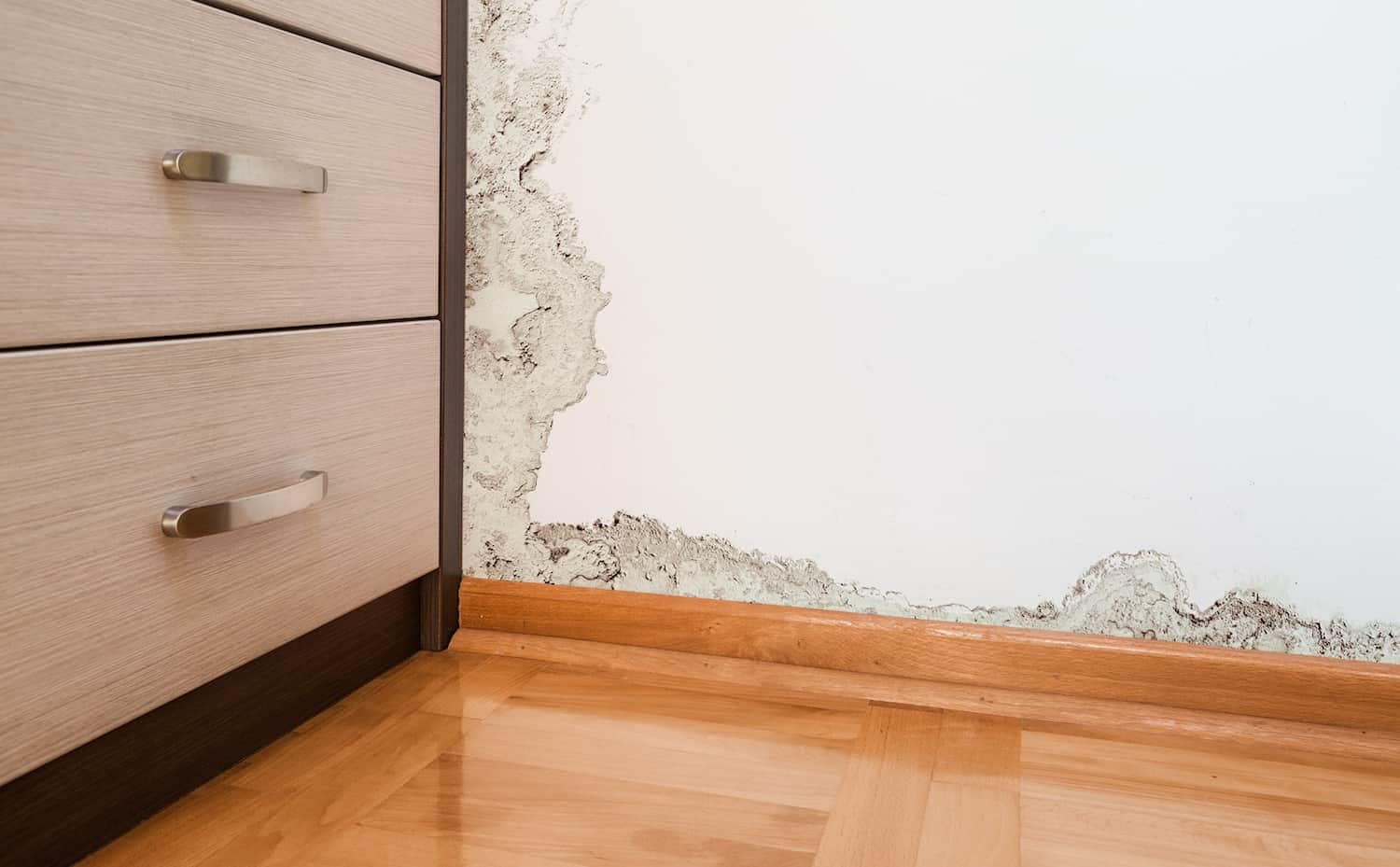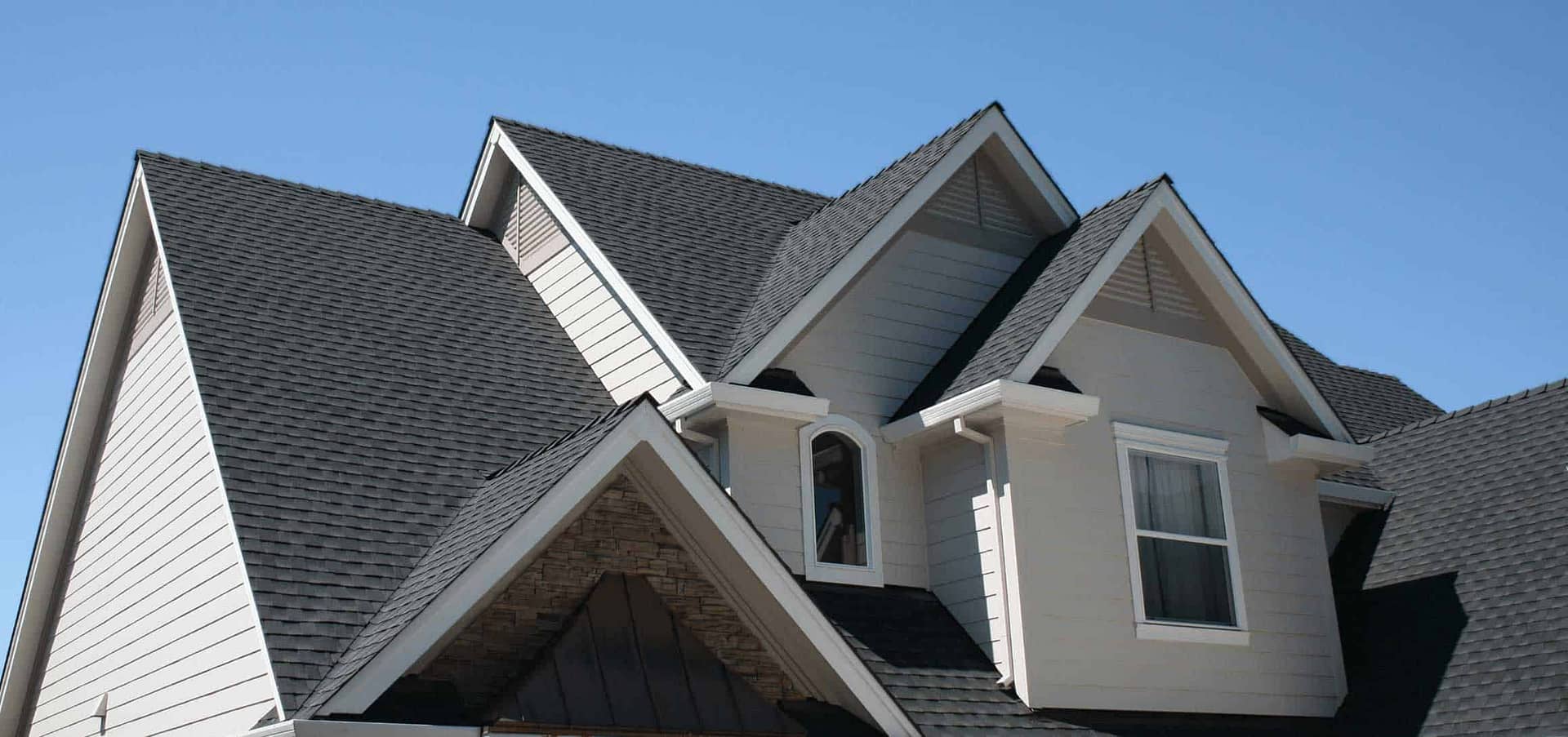How To Match Vinyl Siding On Your Home (Style Guide)
If you’ve ever colored or painted a picture, you know how serious the search for the perfect color is. Green can’t just be any green; it has to be the perfect shade! When it comes to your home, your exterior color doesn’t just involve personal preferences. It can also greatly impact your curb appeal and home’s resale value.
Finding the perfect shade match when repairing your siding is incredibly important. No pressure… 😬
The good news is— you don’t have to go into the color-matching process blindly! Use this guide to learn how to match vinyl siding colors when making a repair. We even have tips for when you can’t find the perfect match.
How to Match Vinyl Siding to Your Existing Siding
So, you need a siding repair. And you definitely don’t want the repaired area to stick out like a sore thumb. Thankfully, you have a couple of options to explore in order to find a matching piece of siding.
Option 1: Call Your Siding Contractor
If you had your siding installed while you occupied your house, you can reach out to the contractor who performed the siding installation. Reputable siding companies should keep records of all their completed projects. If you call and explain your situation, they should be able to look up your record and help you out.

Once they locate your receipt, your contractor should be able to provide you with the manufacturer, product name, and color of your current siding. And hey, while you have your contractor on the phone, you might as well enlist their help with your siding repair to ensure you get a high-quality, safe result!
If you didn’t replace the siding under your ownership, this method may not work. If you have the contractor’s information from the previous homeowner, you can still give them a call and see if they can help you out. Otherwise, you’ll need to try other options.
Option 2: Take a Sample to a Home Improvement Store
If you don’t know who performed the original siding installation or if your contractor can’t find your records, you can try a different approach.
If a piece of siding has already fallen off your home, you can take that as a sample to a big box home improvement store like Home Depot or Lowes. Show the siding sample to a clerk. It’s helpful if you know the brand or manufacturer of the original siding to help narrow things down.
The clerk can then compare your sample piece with their stock in order to find a match.
What to Do If You Can’t Find a Color Match 🎨
Manufacturers often stop making the same patterns and designs every few years in order to make way for new designs. If you’ve run into a situation where you simply can’t find a color match, you’re not completely out of luck.
You can take a sample of your current siding to the paint store to get that piece color matched. Then, you can paint the replacement piece to match your existing siding. There’s a chance that the new piece will be shinier or brighter than the rest of your siding, but it will likely fade over time and blend in more.
Alternatively, you can use this sticky situation as an opportunity to revamp your entire home exterior. You can repair the broken siding with a new piece of any color and then paint your siding in an all-new color.
This ensures your entire exterior matches perfectly, and you get to experience a refreshing change! Exterior paint often lasts up to 10 years before needing a new coat.
5 Signs You Need a Siding Repair or Replacement
You can stay ahead of the curve of needing to find replacement vinyl siding if you watch out for common signs of failing siding. If you’re prepared ahead of time, you won’t need to scramble to find a color match for your replacement siding.
1) Interior Water Damage

No homeowner wants to deal with water damage, but if you notice it, it’s almost always an indicator that something in your home’s exterior is faulty. Keep your eyes peeled for the following signs of water damage inside your home:
- Water stains on the walls
- Peeling paint
- Mold or mildew growth
2) Warping or Bulging
Excessive heat or cold temperatures can cause your siding to warp or bulge. Additionally, moisture damage in the underneath layers of your siding can cause warping or bulging. Be sure to have a siding contractor address the issue right away.
3) Rotten Wood
Rotting is a more prominent problem with wooden siding rather than vinyl siding. If you have wood siding, diligently watch out for signs of wood rot:
- Discolored patches that have white, yellow, or purple tints
- Patches that are lighter or darker than surrounding areas
- Areas where the wood’s texture is spongy, stringy, or webbed
- Wood breaking apart in cube-shaped chunks or crumbling
4) Cracks
Inclement weather can cause your house siding to crack. This is more than an unpleasant cosmetic issue because these cracks can let in excess moisture that ultimately causes interior water damage. Additionally, pests can easily make their way through these cracks.
5) Increased Energy Bills
If your heating or cooling bills start to rise even though you haven’t increased your usage, alarm bells should go off. If you feel drafts coming from walls, windows, or electrical sockets, your siding could be to blame. New vinyl siding is a more energy-efficient option to keep your energy bills low.
Rely on ARCH Exteriors for Your Siding Needs 👍
We hope this guide pointed you in the right direction for matching siding colors. If you need a siding repair or replacement, we hope you’ll leave your home’s integrity in the hands of trained professionals.
Here at ARCH Exteriors, we can help you effectively repair your siding or replace it when needed. Our skilled crew members know all the industry techniques to ensure a safe and long-lasting result.Reach out to us today to request siding service!



